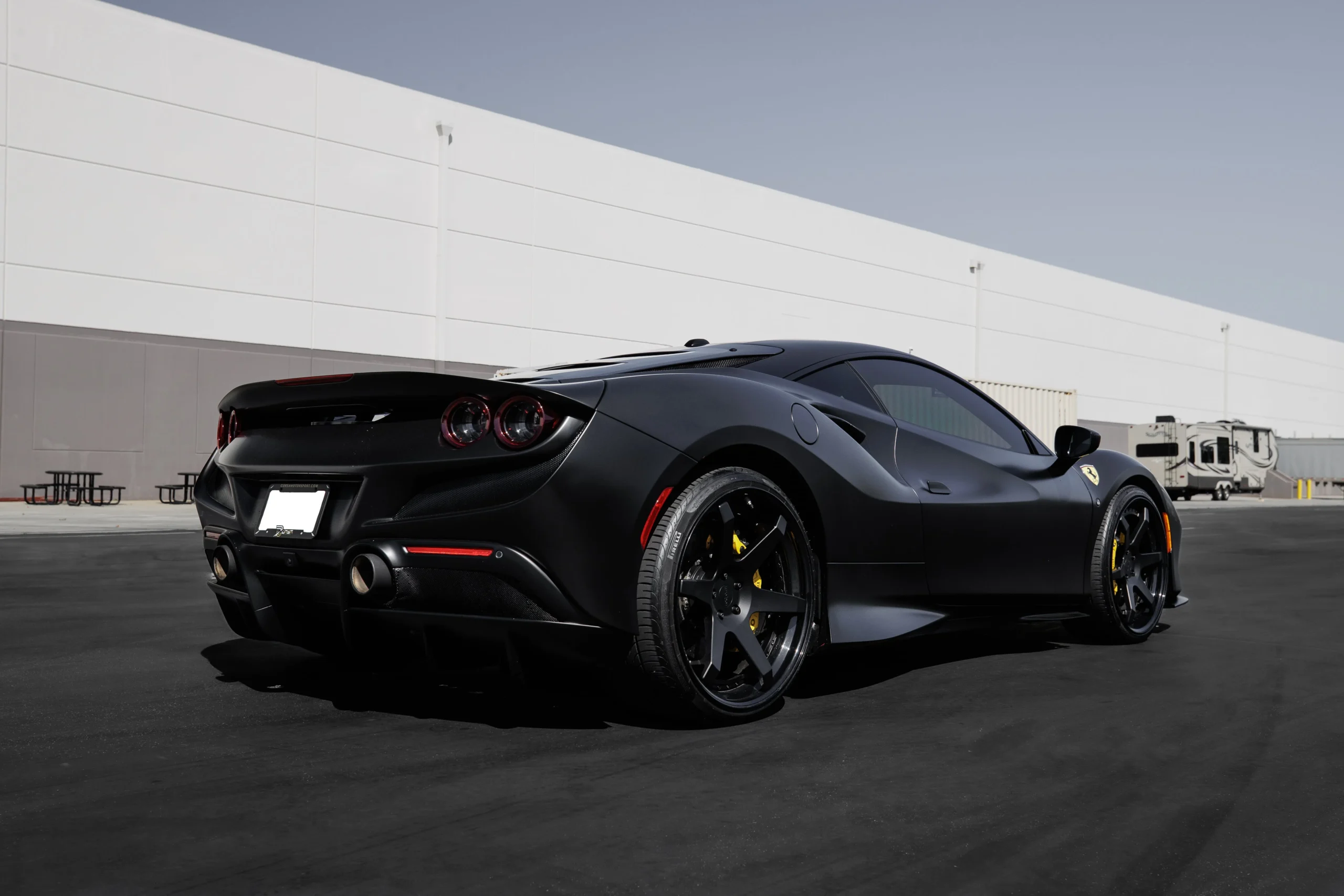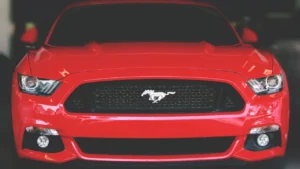
The world’s oldest endurance sports car race still in existence is the 24 Hours of Le Mans, which celebrated its centenary this year. Ferrari scored an historic victory, the Scuderia’s 10th.
It would be 20 years after that first Le Mans race, in 1953, before the world’s greatest sports car races banded together to form a single championship, under the auspices of the FIA.
The World Sportscar Championship would be challenging (and dangerous) seven-race series. Some were on public roads, such the Mille Miglia race arounåd Italy. Some were on the most challenging circuits, including 1000 kms of the treacherous Nürburgring.There was the high-speed Spa 24-hour race in Belgium and, of course, the blue riband sports car race, the 24 Hours of Le Mans. The last race – Mexico’s Carrera Panamericana, the most dangerous of the lot – finished on November 23, 1953, or almost exactly 70 years ago.
The championship was for manufacturers not drivers and Ferrari would be crowned the first world champions. Competition came from the best sports car makers of the day, including Jaguar, Aston Martin, Lancia, Alfa Romeo and Porsche. Drivers were also the world’s best, including Fangio, Ascari. Farina, Moss, Collins and Hawthorn. In those days, the top F1 drivers invariably competed in sports car racing, as well as F1. Enzo Ferrari expected his drivers to race for the Scuderia in whatever category he chose to compete.
The season would begin in America, at Sebring in Florida. The Scuderia chose not to race, although a private Ferrari entrant would come sixth, in a 166 MM.
The Mille Miglia was held a month later, in April. The Ferrari 340 MM of Count Giannino Marzotto beat his more fancied teammates Villoresi and Farina, never mind two minor crashes and a bonnet that refused to open (his mechanics instead cut a hole in the bonnet to change the oil). The winning car is now in the Enzo Ferrari museum in Modena. Le Mans in June was won by Jaguar after a race-long duel with Ferrari. The Spa 24 hours a month later saw a convincing win for the Ferrari 375 MM of Hawthorn and Farina, 18 laps ahead of the nearest Jaguar. The 375 MM was a more muscular evolution of the 340 MM, with its F1-based V12 engine increased in capacity from 4.1- to 4.5-litres.
A Ferrari 375 MM would win again at the Nürburgring 1000 km in August, reigning world F1 champion Alberto Ascari (partnered by 1950 world champion Giuseppe Farina) winning by more than 15 minutes.
Ferrari led the series but chose not to compete in the penultimate round, the RAC Tourist Trophy on the Dundrod road circuit in Northern Ireland. Peter Collins, who would later join Ferrari, won in an Aston Martin in a race marred by fog. So, to Mexico for the series decider, the Carrera Panamericana. Ferrari relied on private entries, as did its only title rival, Jaguar.
Fangio would win for Lancia (teammate Felice Bonetto would be killed, one of three driver fatalities). The Ferrari 375 MM of Guido Mancini came fourth, good enough to wrap up the first World Sportscar Championship for Ferrari.







